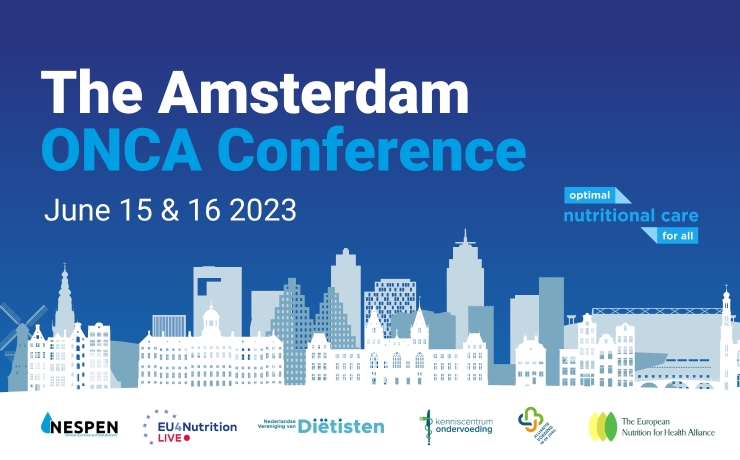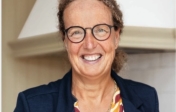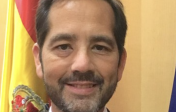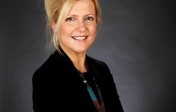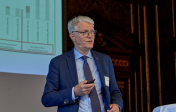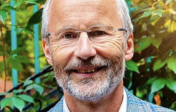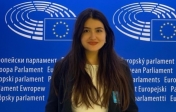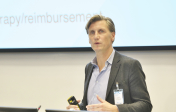THANK YOU!
Thank you for attending the ONCA Amsterdam Conference. Please find the conference report, slides, and a selection of photos on this page. Also, have a view of the streamed part of the session that was recorded.
The conference addressed important topics on nutritional care, patients, and inequalities. The pandemic has highlighted the cruciality of nutritional care, making this event, and the work of securing optimal nutritional care for all, even more critical.
Some soundbites of the conference
- Collaboration between policymakers, patients, and healthcare providers is essential.
- Knowledge and science must be translated into policy through a pan-European approach.
- Approximately 21,000 malnourished older people will be living at home in 2030 in the Netherlands.
- Malnutrition is not limited to underweight individuals but also affects obese individuals.
- Healthcare costs are rising rapidly, with a 2.9% annual increase in the Netherlands.
- Factors contributing to cost rise include advanced age, medical technology, larger population, costs of cancer, and gender-related disparities.
- The GLIM criteria present an opportunity to address malnutrition by establishing a common language and facilitating early intervention and policy formulation.
- Understanding the burden of disease, the effect of malnutrition, and its impact on quality of life and society enables effective policy-making.
- Patient organizations in Europe aim for improved patient identification, utilization of assessment tools, primary prevention, and prevention of multi-morbidity.
- Clear and readily available information is crucial as many patients are often unaware of malnutrition.
- Malnutrition predominantly starts at home, and 95% of elderly individuals in Europe live at home.
- Malnutrition is an interdisciplinary problem, necessitating collaboration, shared decision-making, referral systems, research, and increased support for primary care.
- Quality of life is pivotal in chronic disease, and limitations in physical ability during and after cancer treatment, primarily driven by sarcopenia, can significantly impact it.
- Training healthcare employees and empowering dieticians are crucial for the effective control of malnutrition.
- Collaboration between nurses, doctors, and paramedical professionals should extend beyond discharge to ensure ongoing support post-discharge.
- There is a complete absence of awareness regarding sarcopenic obesity, a condition with significant implications for health.
By emphasizing pan-European collaboration, engaging multiple stakeholders, and adopting a multidisciplinary approach, we can address the challenges posed by disease-related malnutrition effectively.
CONFERENCE SLIDES DAY 1, 15th June
CONFERENCE SLIDES DAY 2, 16th June
Interactive Break- out Workshops

